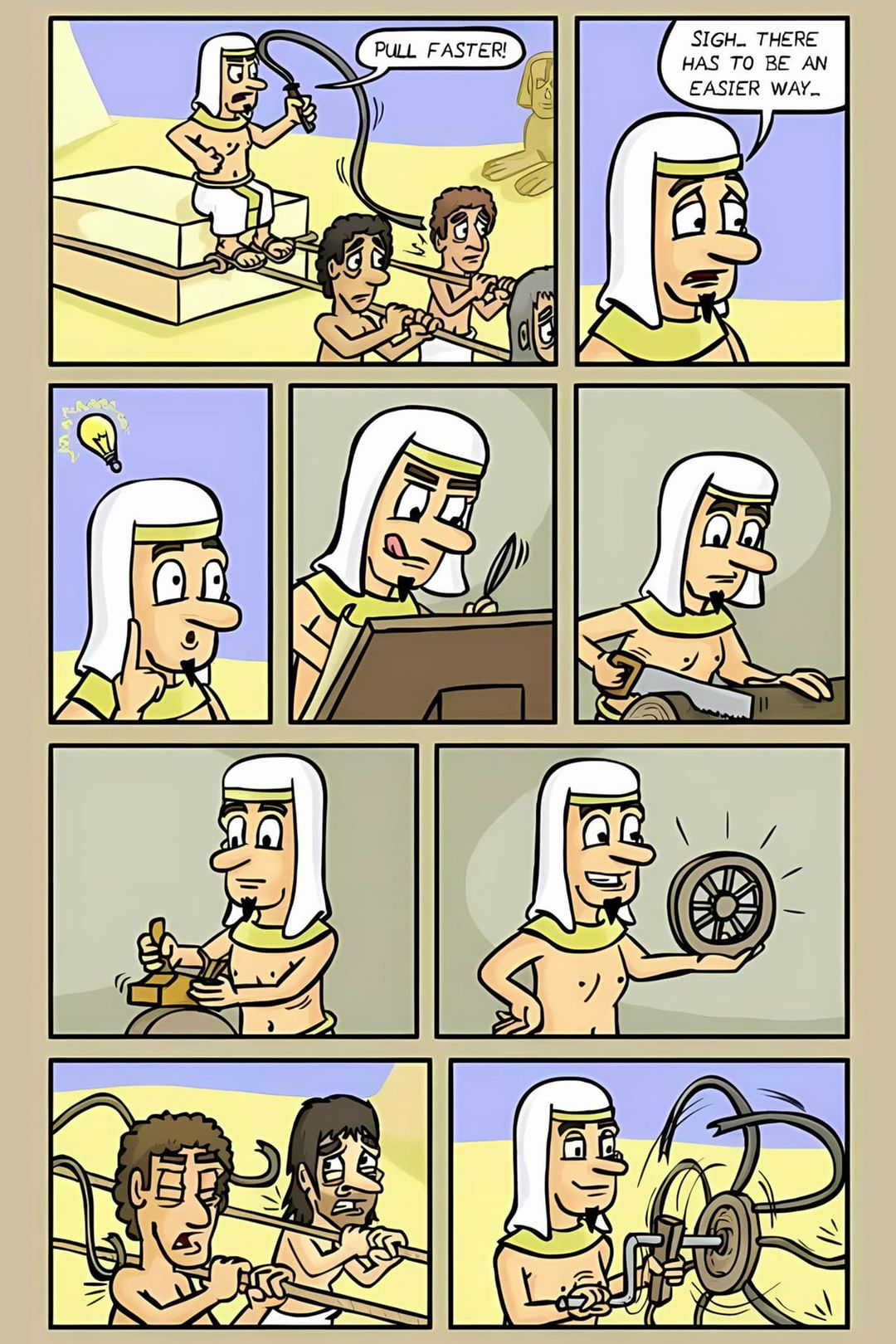this post was submitted on 04 Aug 2024
783 points (98.3% liked)
Comic Strips
13105 readers
3756 users here now
Comic Strips is a community for those who love comic stories.
The rules are simple:
- The post can be a single image, an image gallery, or a link to a specific comic hosted on another site (the author's website, for instance).
- The comic must be a complete story.
- If it is an external link, it must be to a specific story, not to the root of the site.
- You may post comics from others or your own.
- If you are posting a comic of your own, a maximum of one per week is allowed (I know, your comics are great, but this rule helps avoid spam).
- The comic can be in any language, but if it's not in English, OP must include an English translation in the post's 'body' field (note: you don't need to select a specific language when posting a comic).
- Politeness.
- Adult content is not allowed. This community aims to be fun for people of all ages.
Web of links
- [email protected]: "I use Arch btw"
- [email protected]: memes (you don't say!)
founded 2 years ago
MODERATORS
you are viewing a single comment's thread
view the rest of the comments
view the rest of the comments

https://en.wikipedia.org/wiki/Great_Pyramid_of_Giza
https://en.wikipedia.org/wiki/Ancient_Egyptian_technology
I don't know if they used it for transport then, but they had the wheel at about that point in time.
It could be that comic strips are not the best place to learn about ancient history.
Surprised Pikachu face dot jpg
I mean, you say that, but whenever they get posted to Lemmy, there's always someone in the comments sharing the facts. 🙃
I like that though
Yeah, me too.
Wheels and sand don’t mix well together, so I guess it’s unlikely they used wheels for transportation.
The wheel (for transportation) is really a concomitant of stable roads existing. Really wheels only work on flat, paved surfaces. The "invention" of the wheel isn't the stroke of genius that pop culture likes to portray it as. It's just something that follows from having the right environment. The Romans for instance built and maintained widespread road networks throughout Europe to quickly move troops to the front lines. It turns out that those roads also were a tremendous boon for traders and travellers using carts.
Comic's still funny though.
The theory I learnt in school was that they placed the bricks on a row of tree trunks that served as "wheels" or rather, a type of conveyor belt.
The trunk that was freed at the back by pulling the brick forward was placed in front again. Not sure if that's still the current theory.
Yea because wheels suck on sand.
They did not need it for transport. They had camels. Much more useful in a sandy desert.
Camels were not introduced to Egypt until the Persians invaded in 525 BCE.
They dragged things on sledges with someone wetting the sand in front of them.
We have no doubt about that.
Actually almost all of the people in ancient Egypt lived in the Nile river delta, because of the fertile soil. As such they mostly used boats to transport things up and down the river. They also used a lot of ships for trading with other lands along the Mediterranean coast. For smaller local transport carts were used, as they didn't live in a desert environment, but instead in a lush agricultural land.
Well that explains the desertification I guess.
Oops autocorrect, fixed
*autocorrupt
**autocarrot